
RV Power Converter Troubleshooting
RV Lifestyle & Repair EditorsGetting on the road in your rig can give you a sense of freedom, but when your necessary appliances don’t work you swap that freedom for the hassle of fixing what’s broken. Finding out why your refrigerator won’t stay cold or your microwave won’t heat is crucial for having a happy trip.
When your RV appliances aren’t working, it’s not always right to assume the appliance itself is broken. Many times it’s the actual power system itself that’s broken down somewhere between the source and the appliance. Using commonsense RV distribution center troubleshooting methods can narrow down the possibilities, helping you to figure out exactly what kind of repairs you need.
RV distribution center troubleshooting can show whether the electrical problem is in the wiring or the outlet itself or instead in the circuit breakers, which service the electrical system that feeds into your appliance. Who knows, the problem might be at the source in the campground or storage facility. Doing the diagnosing and repair on your own can eliminate expensive repair visits, ferreting out small problems you can fix yourself.
How to Diagnose the Issue
In this video, RV maintenance and repair expert Dave Solberg walks you through the process of RV distribution center troubleshooting. You’ll learn simple methods for checking circuit breakers inside and out by using non-contact voltage testers. Specialized testers are important in checking circuits, and Dave shows you how to safely ground these testers to avoid sparking and shocks.
This video shows commonsense tips for tracking down electrical problems, including checking GFCI outlets that might trip in one room and affect the appliances they’re ganged with in another. Tracking down the power through the RV will tell you exactly where the problem resides, which may save you hundreds of dollars in bills from needless repair visits.
Starting at the Center
First things first, when you notice that an appliance or multiple appliances aren’t working, you should check that power is indeed reaching the distribution center. Use a non-contact voltage tester to ensure 110 volts are coursing in the circuit breakers by removing the panel and clamping onto a ground surface.
If all is good in the center, you should go to the appliance(s) giving you trouble. In Dave’s case, he has removed the refrigerator from its cavity to check for power at connection points and in the wiring. If power is flowing, the issue could be in the appliance itself. You can verify this by checking the status of other 110v outlets.
Next, Dave inspects power in the microwave. He says that most outlets located near water sources are ganged to a ground-fault circuit interrupter. Should this be the case for your appliance, he recommends testing whether other circuits are connected. In the bedroom or bathroom, for example. On this example RV, there’s a GFCI circuit located in the bathroom. He ensures that it isn’t working before tripping it. And lo and behold, the kitchen outlet that feeds the microwave isn’t working either! So we know that these outlets are ganged, and we might have our problem.
Next Steps
Once you’ve gone through the process of RV power converter troubleshooting and know where the issue lies in your RV’s power problem, you can begin to address it. We have a full library of videos that can help you repair and maintain your RV electrical systems, including a distribution center overview that gives you a quick rundown of the center. With Dave’s help, you’ll discover the right solution and be back up and running in no time flat!
Explore videos by RV Lifestyle & Repair Editors
Premium Membership
Unlock exclusive member content from our industry experts.
- 24/7 Access to Premium RV Maintenance Videos, Travel Inspiration, and Lifestyle Tips
- Step-by-Step Instructional Demos, Projects, and Guides
- 50% Off Video Downloads Purchased in the RV Lifestyle & Repair Shop
- Access to Ask the Expert Program
Unlock exclusive member content from our industry experts.
- 24/7 Access to Premium RV Maintenance Videos, Travel Inspiration, and Lifestyle Tips
- Step-by-Step Instructional Demos, Projects, and Guides
- 2 Full-Length Video Downloads to Watch Offline
- 50% Off Video Downloads Purchased in the RV Lifestyle & Repair Shop
- Access to Ask the Expert Program
Gold Membership
$333 Value
Get everything included in Premium plus exclusive Gold Membership benefits.
- 24/7 Access to Premium RV Maintenance Videos, Travel Inspiration, and Lifestyle Tips
- Step-by-Step Instructional Demos, Projects, and Guides
- 9 Full-Length Video Downloads to Watch Offline
- 2 Full-Length RV Repair Classes to Keep for Life
- Discounts on Purchase-to-Own Content in the RV Lifestyle & Repair Shop
- Access to Ask the Expert Program
- Exclusive GOLD LIVE Streaming Events
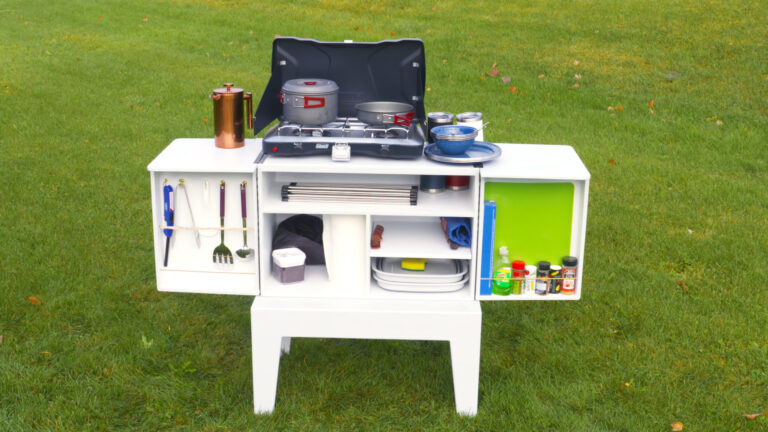
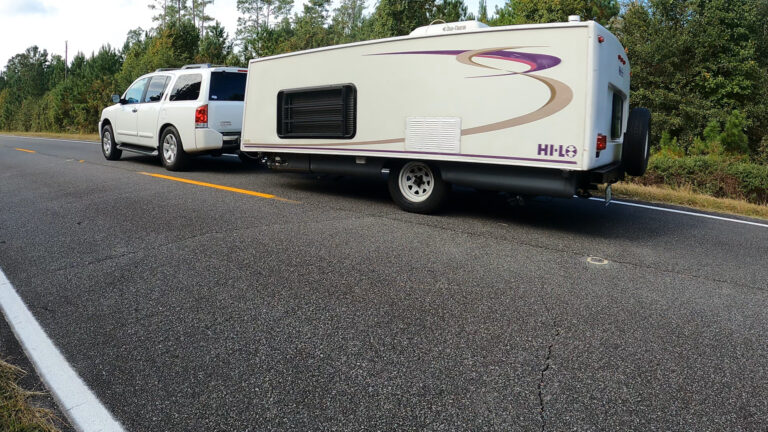
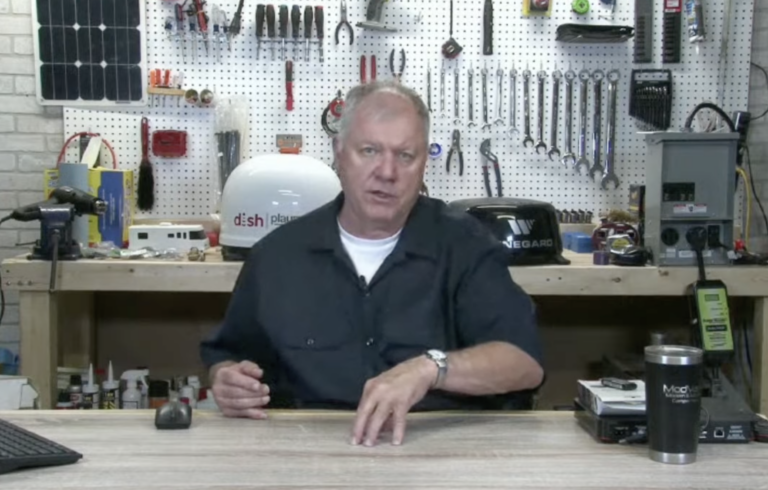
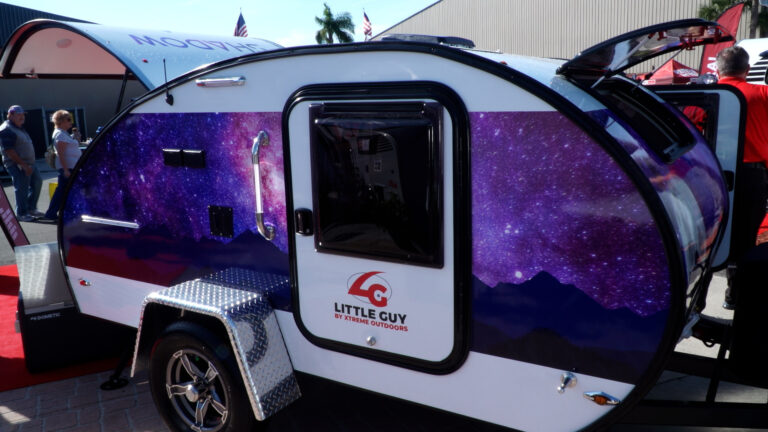
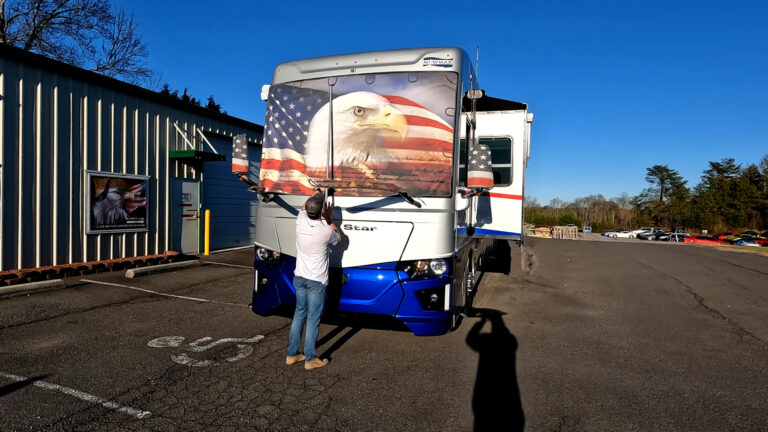
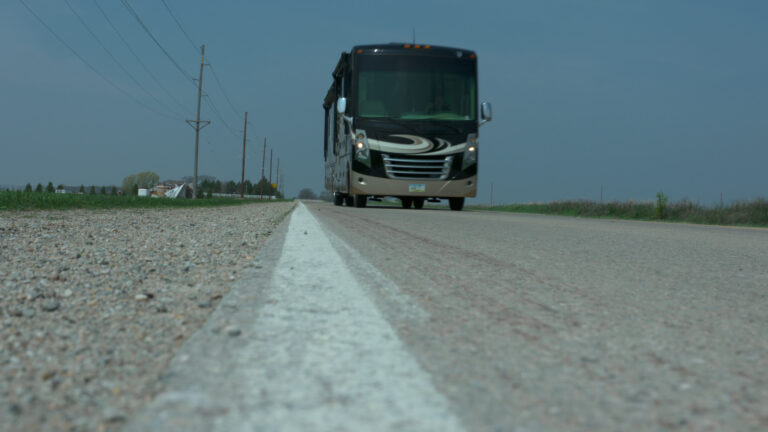
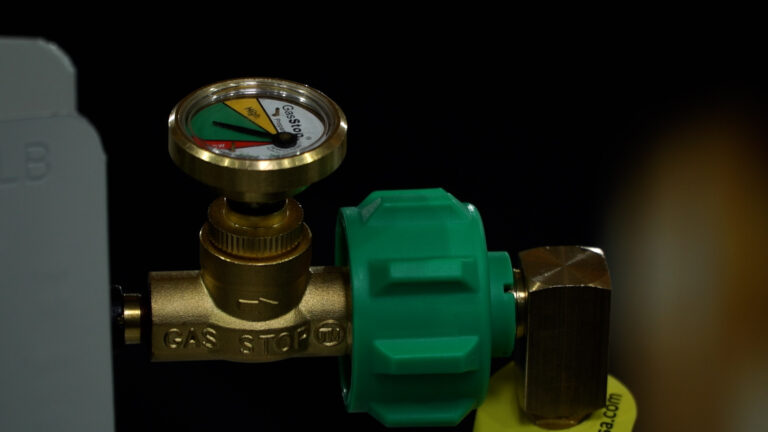

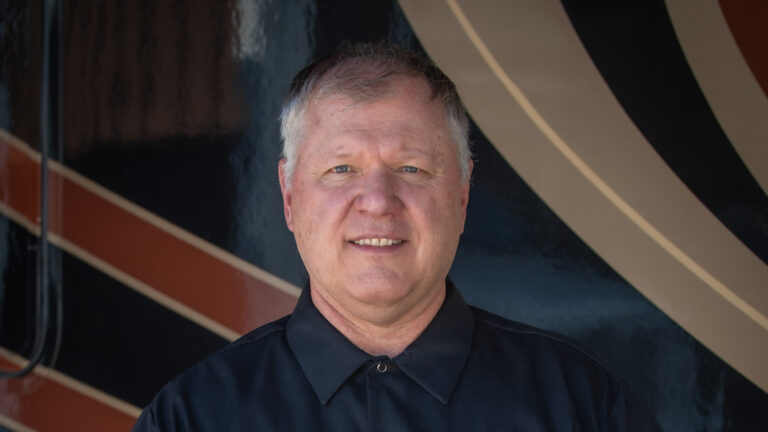

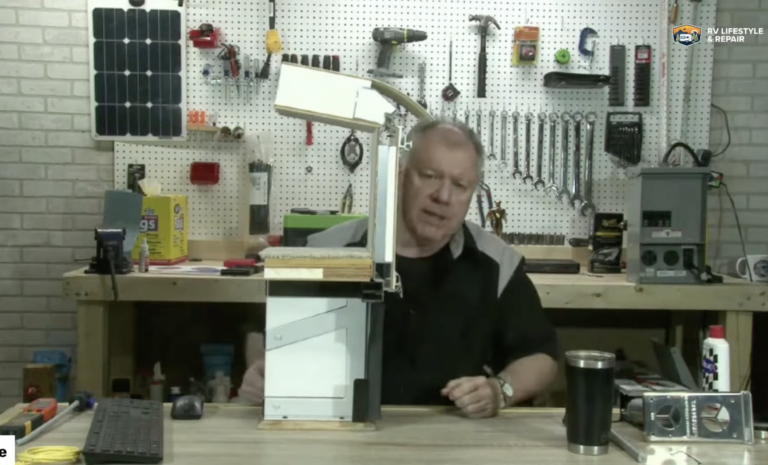

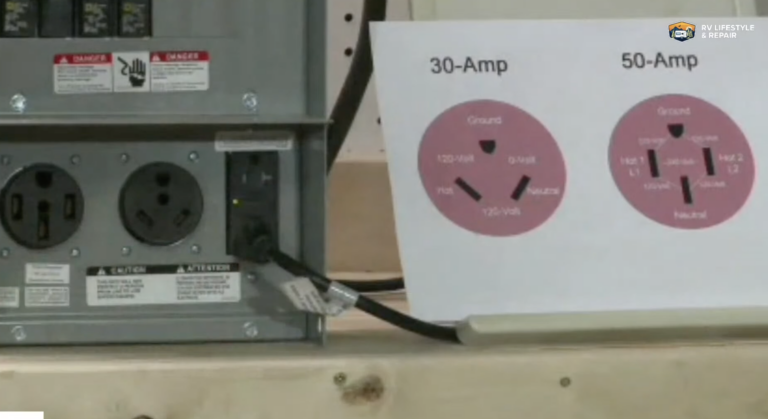

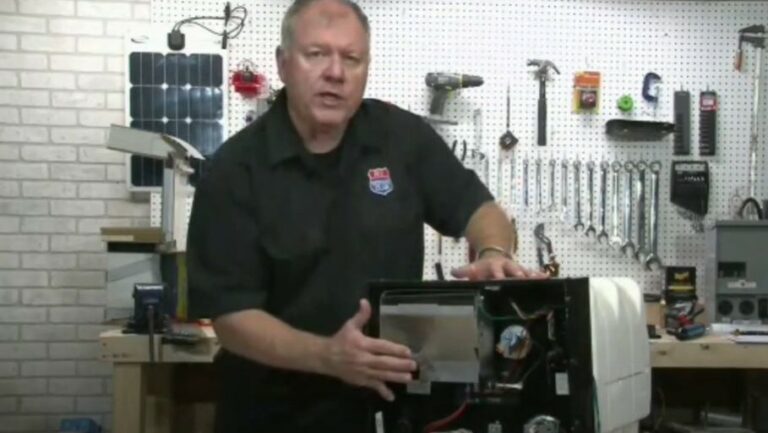
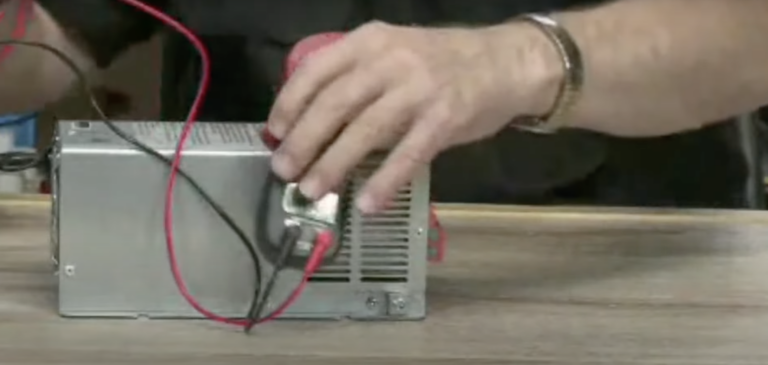
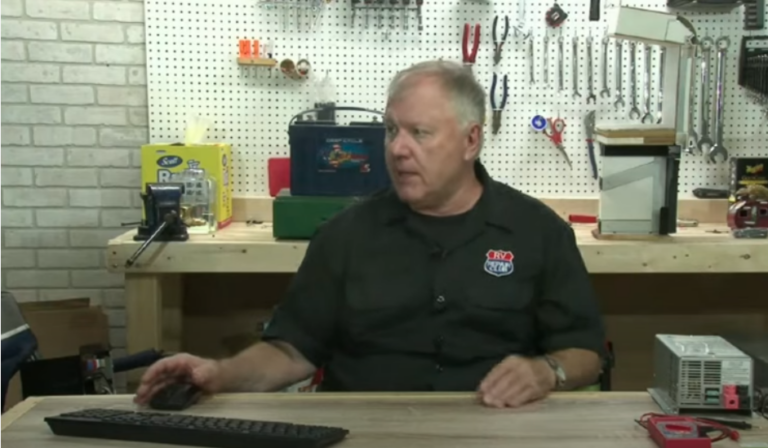
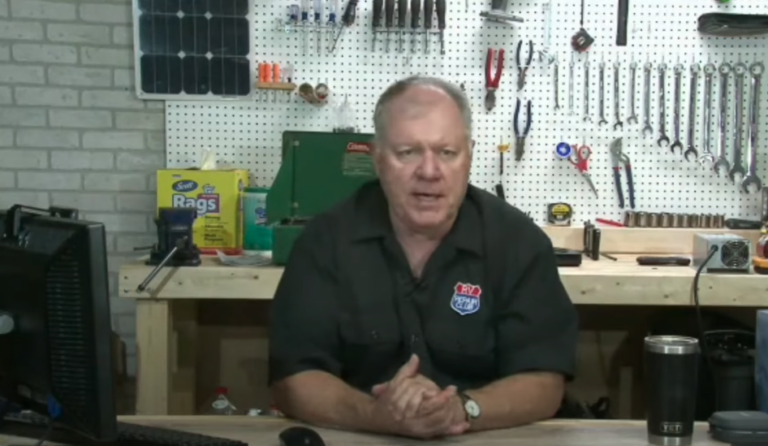
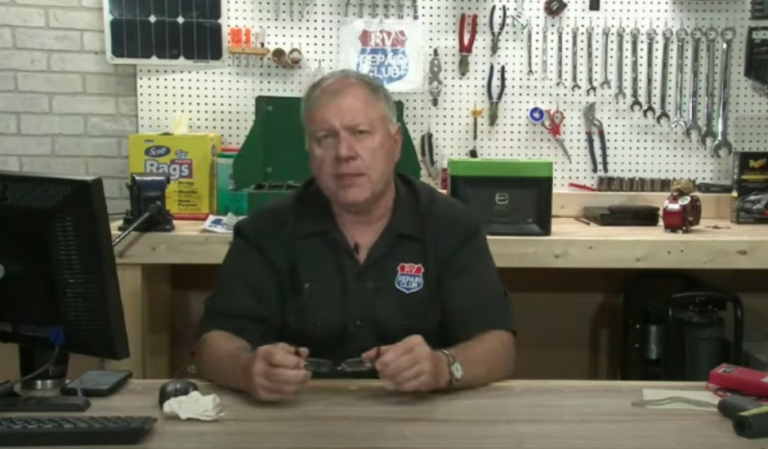
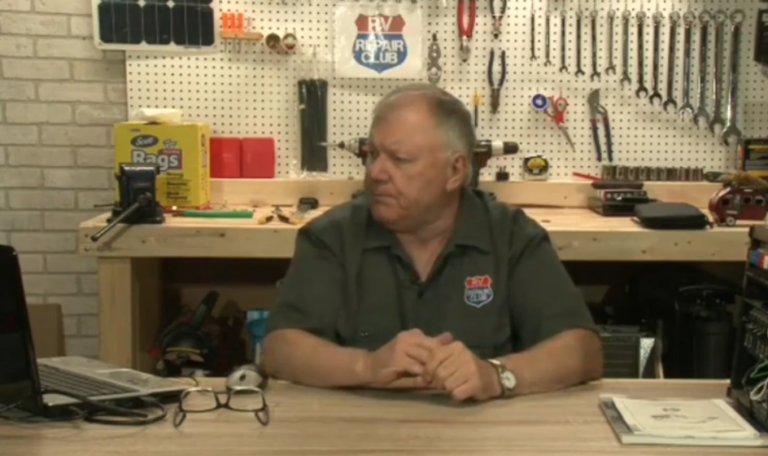
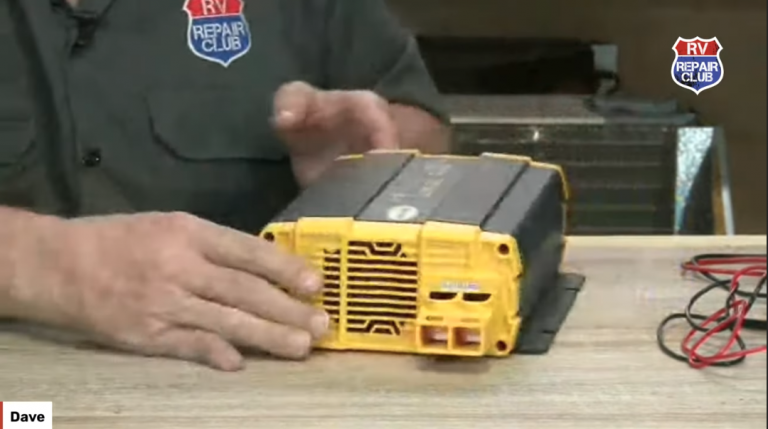
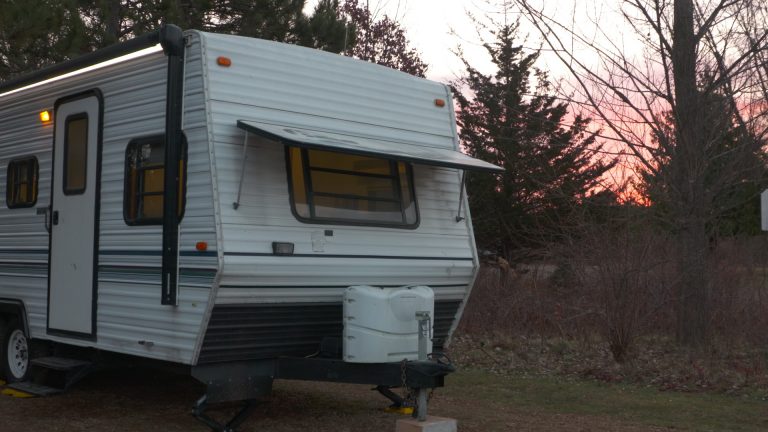
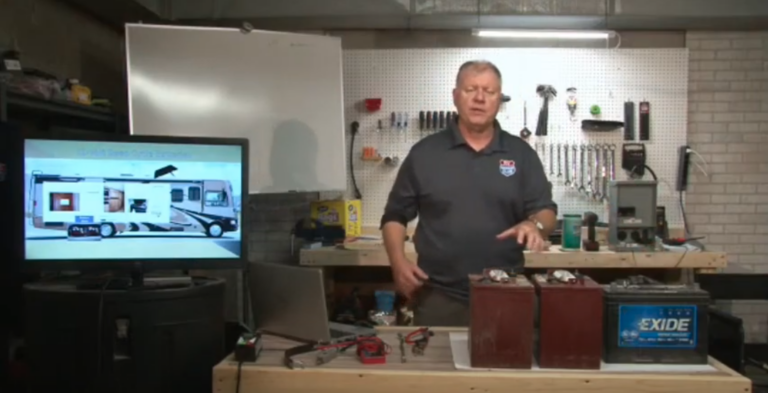
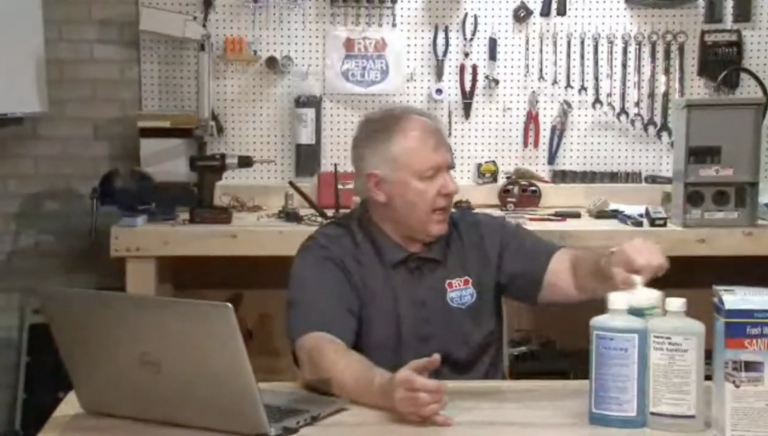
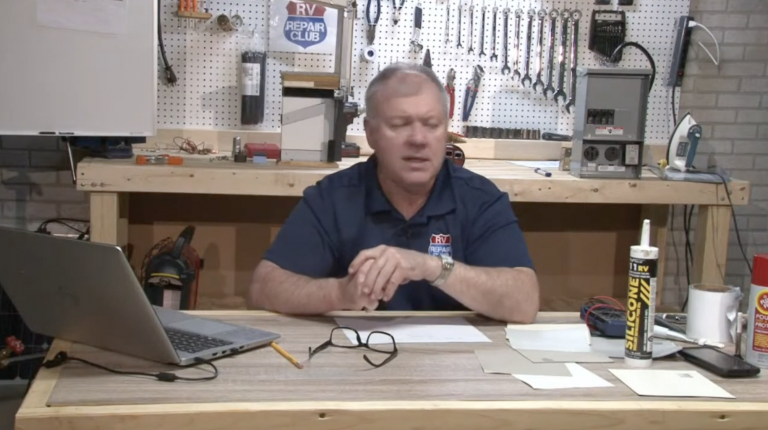



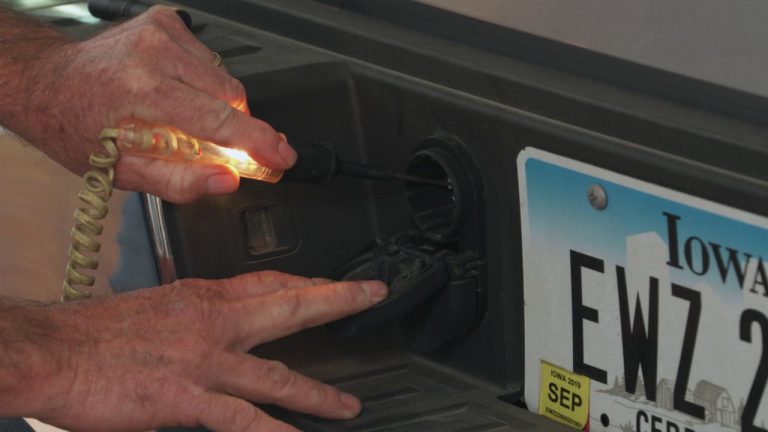




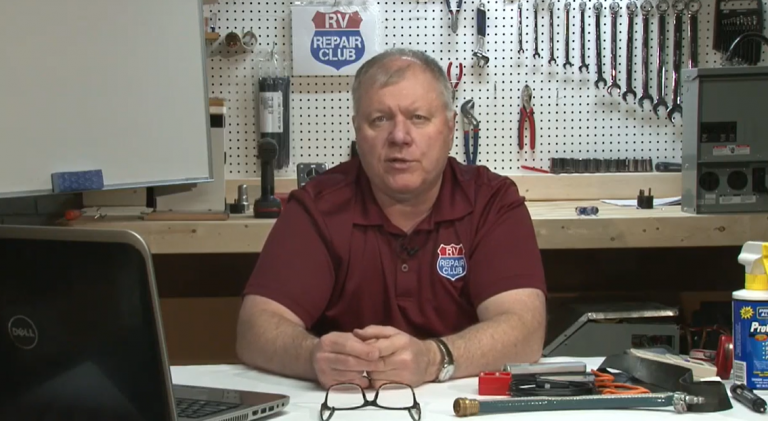
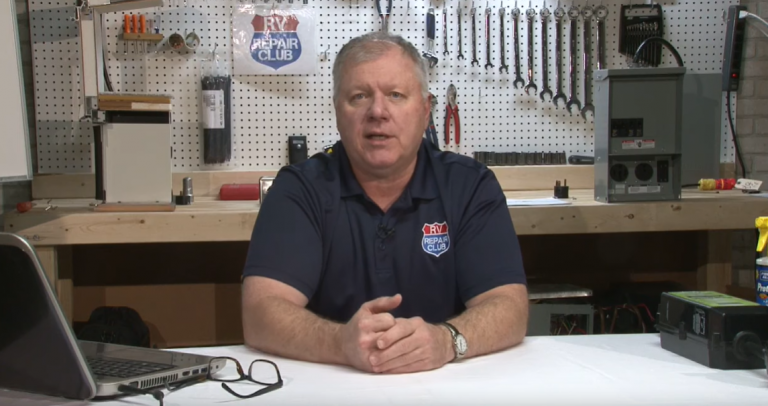

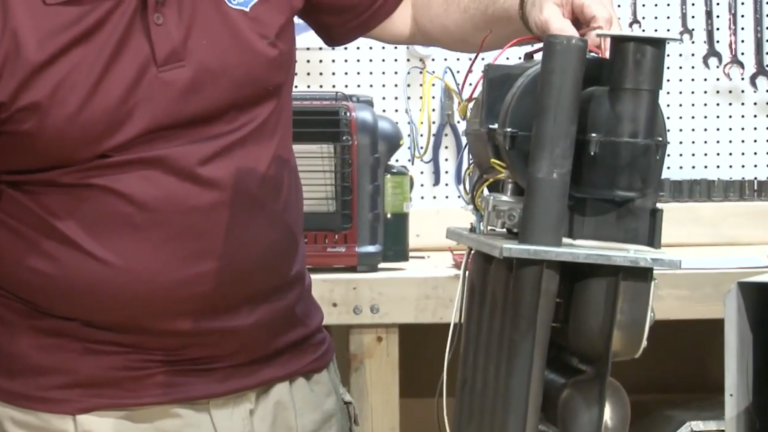
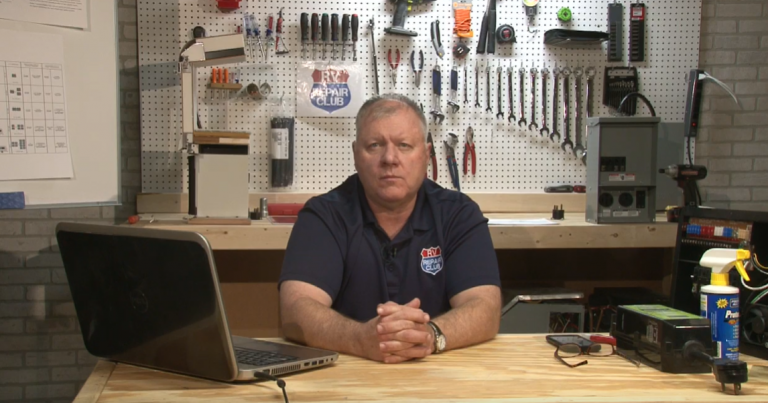

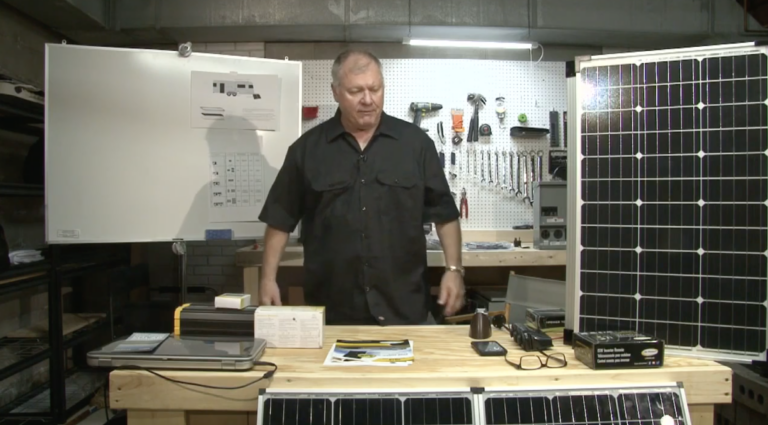
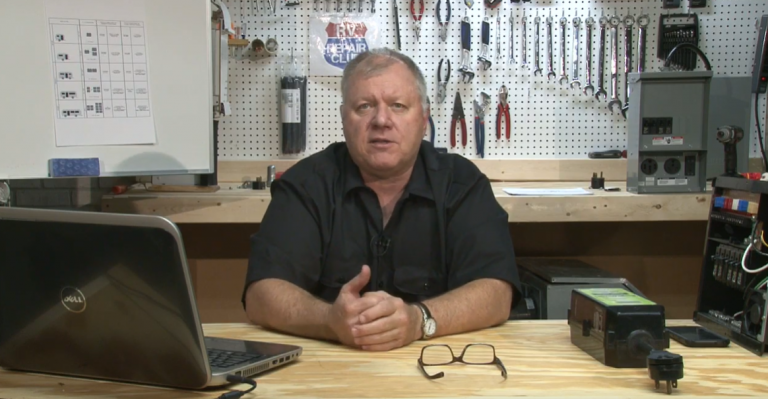
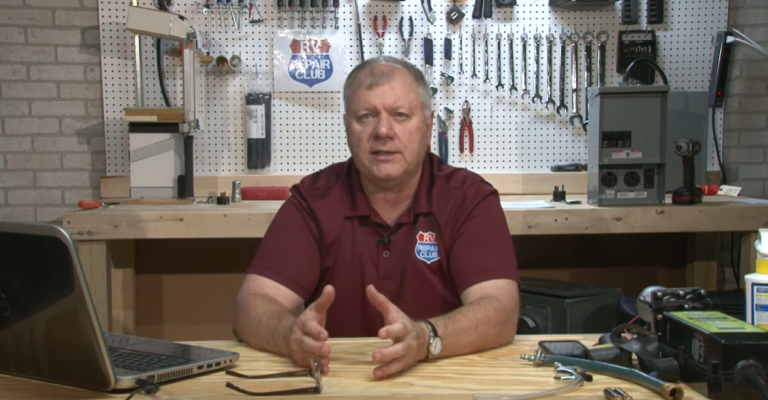


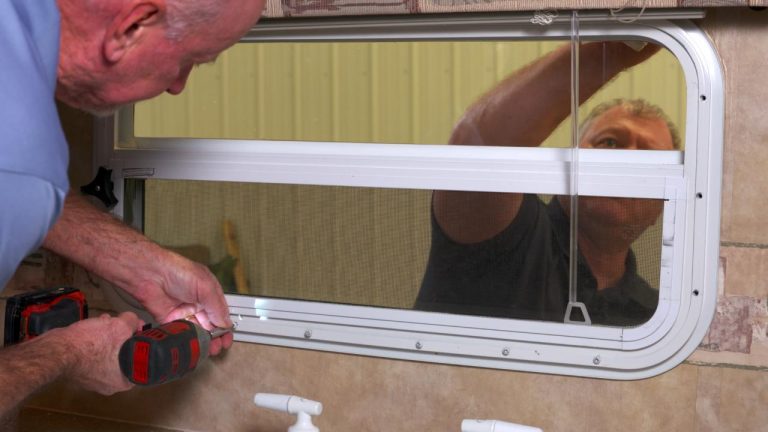
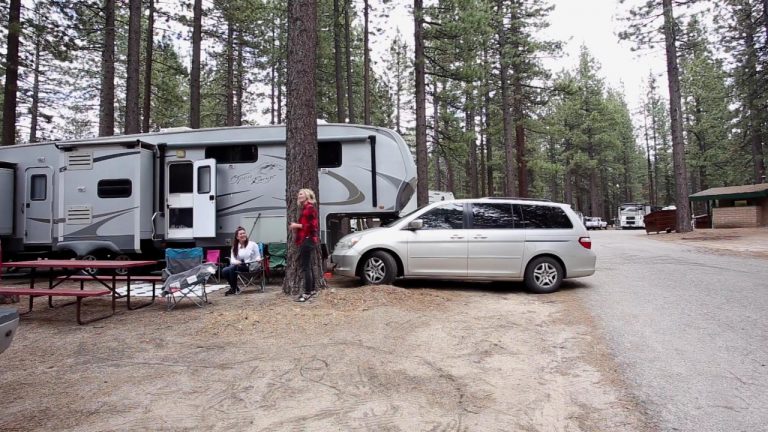

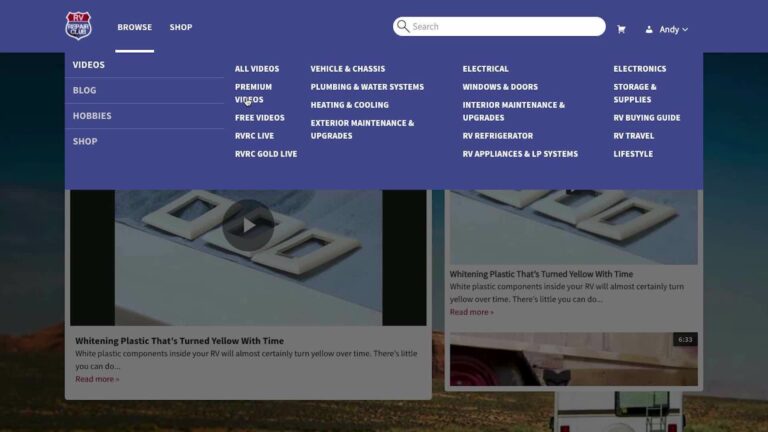
Share tips, start a discussion or ask one of our experts or other students a question.
Already a member? Sign in
No Responses to “RV Power Converter Troubleshooting”